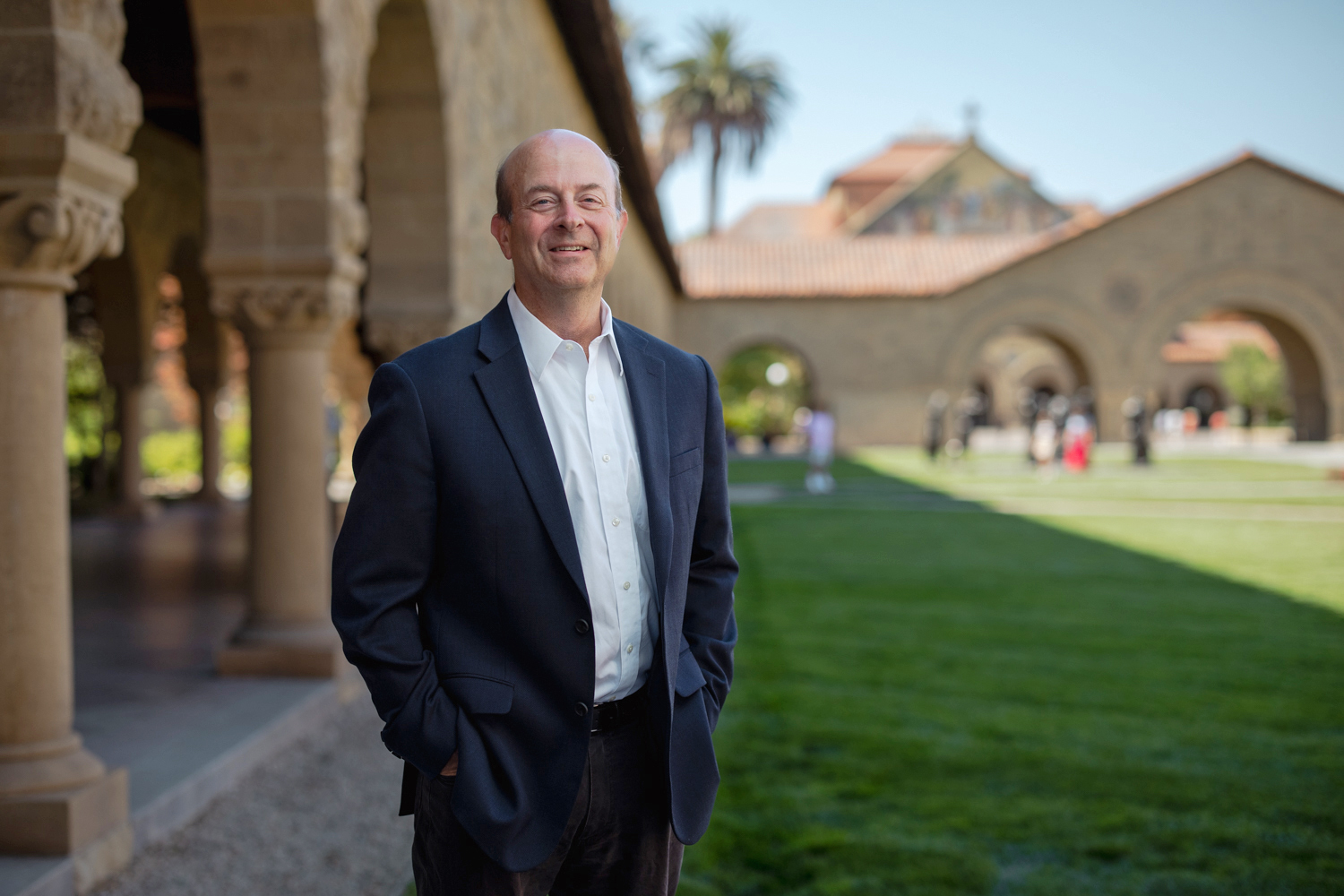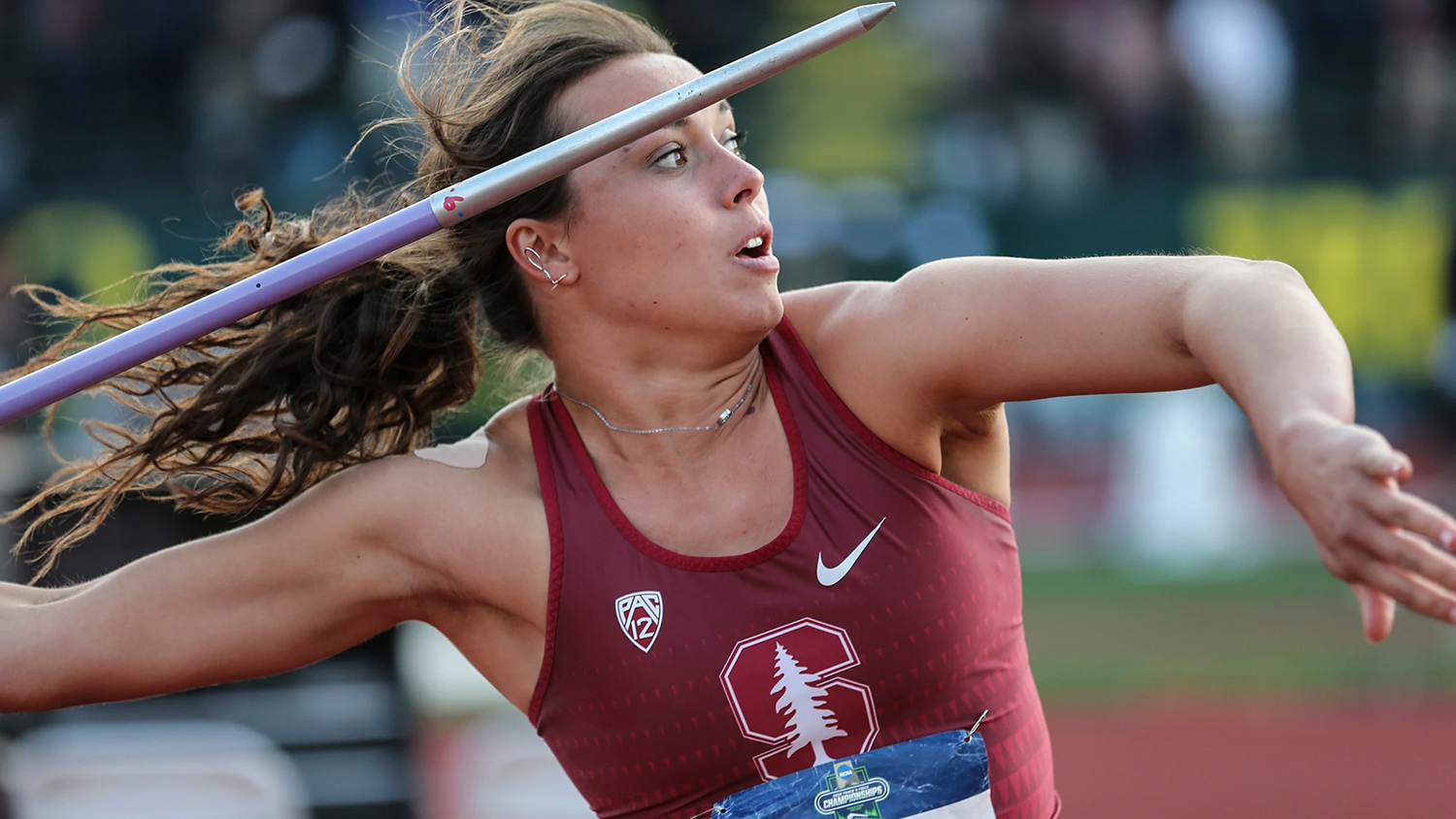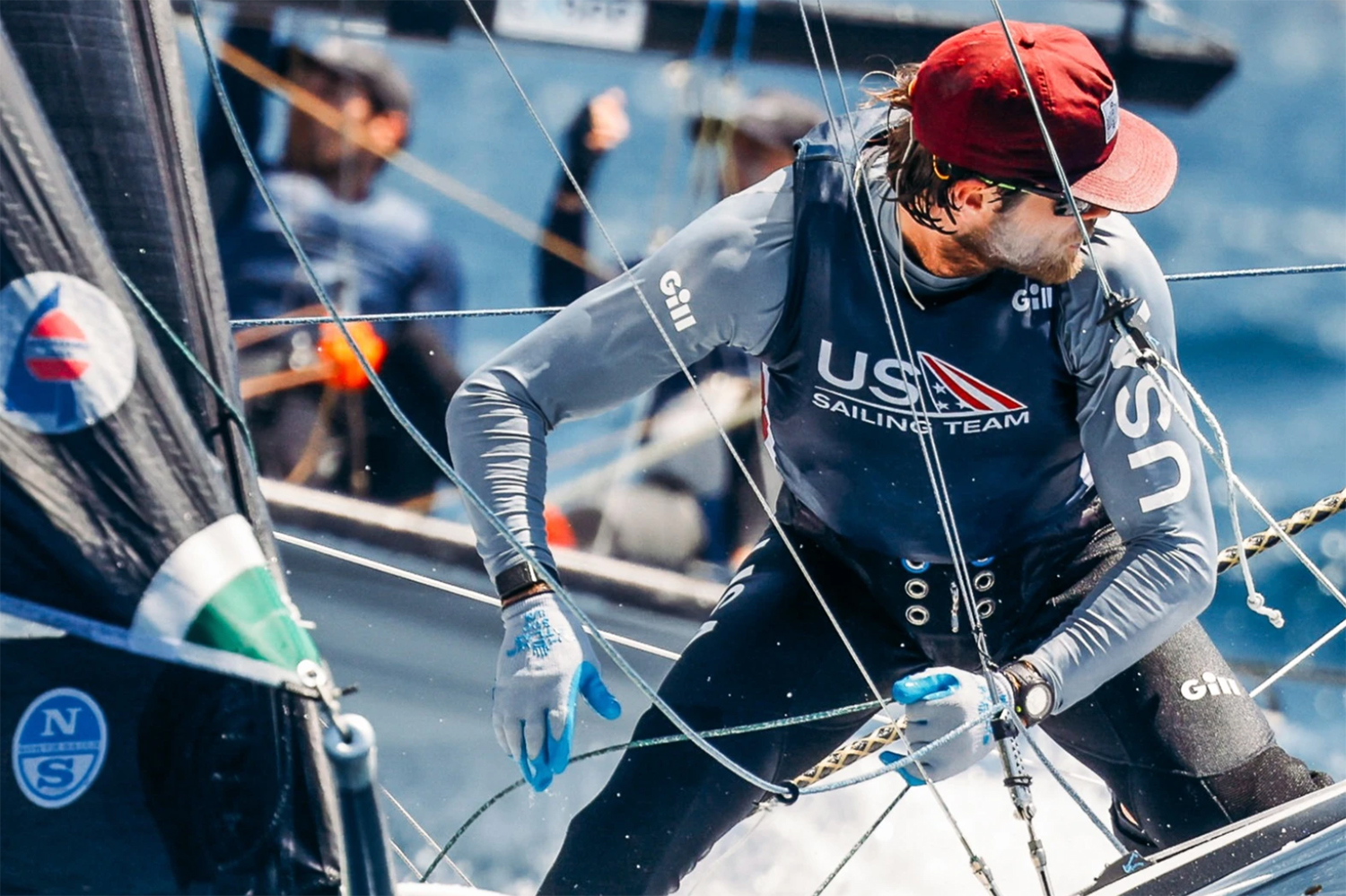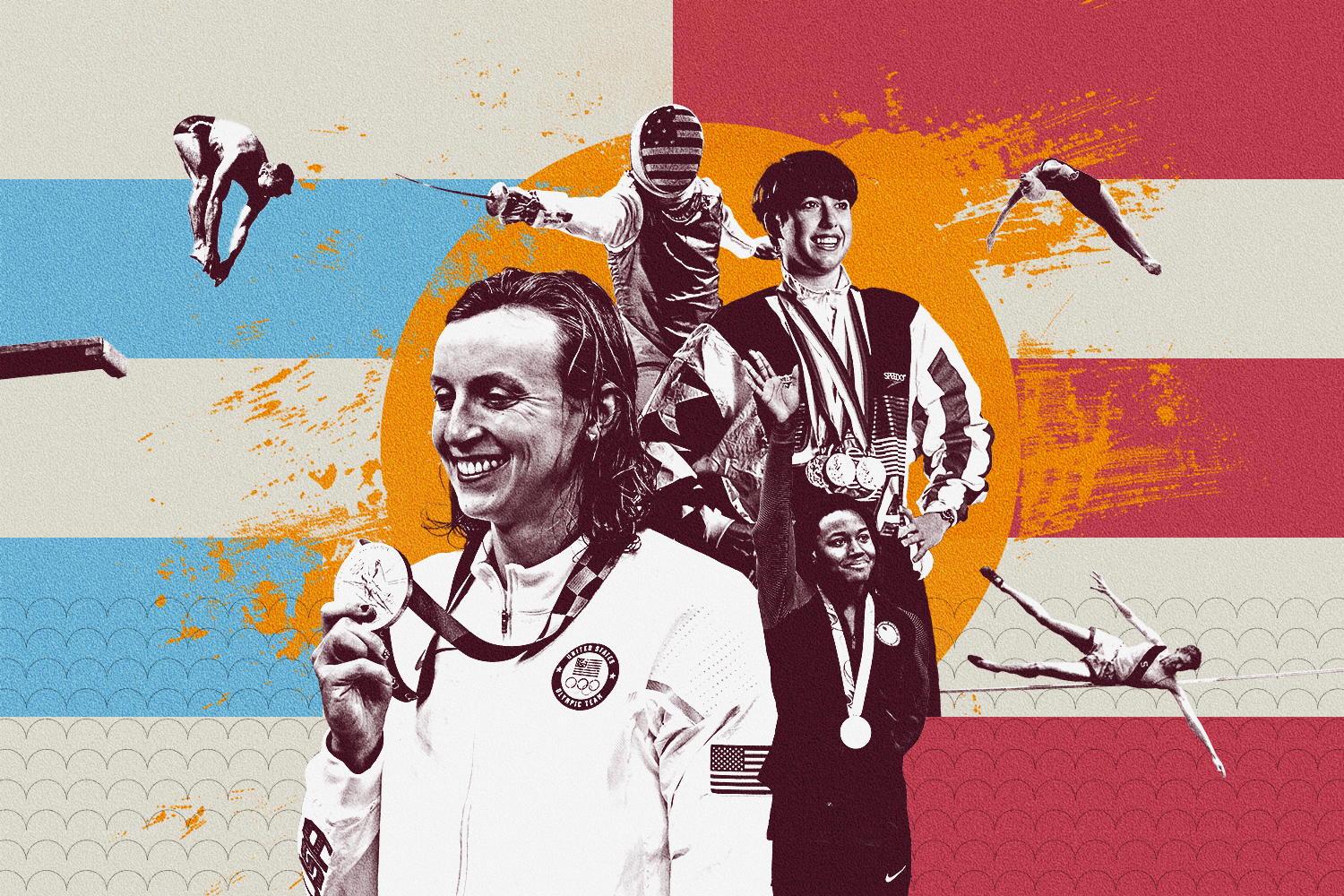
Educating Olympians
Feature
For more than a century, Stanford athletes have excelled at the Games, breaking records and bringing home medals. What’s the secret to their success?

Law students take a deep dive into policy development
Feature
The Stanford Law and Policy Lab has tackled some of the most vexing policy questions of the last decade – often with very real results.
‘Tandem drift’ team achieves autonomous milestone
Video
If self-driving vehicles can navigate this complex road challenge safely, the learnings could help advance the safety of automated driving in urban scenarios.

How Saharan dust regulates hurricane rainfall
Research
New research underscores the close relationship between dust plumes transported from the Sahara Desert in Africa and rainfall from tropical cyclones along the Gulf Coast.
Stanford in Paris 2024
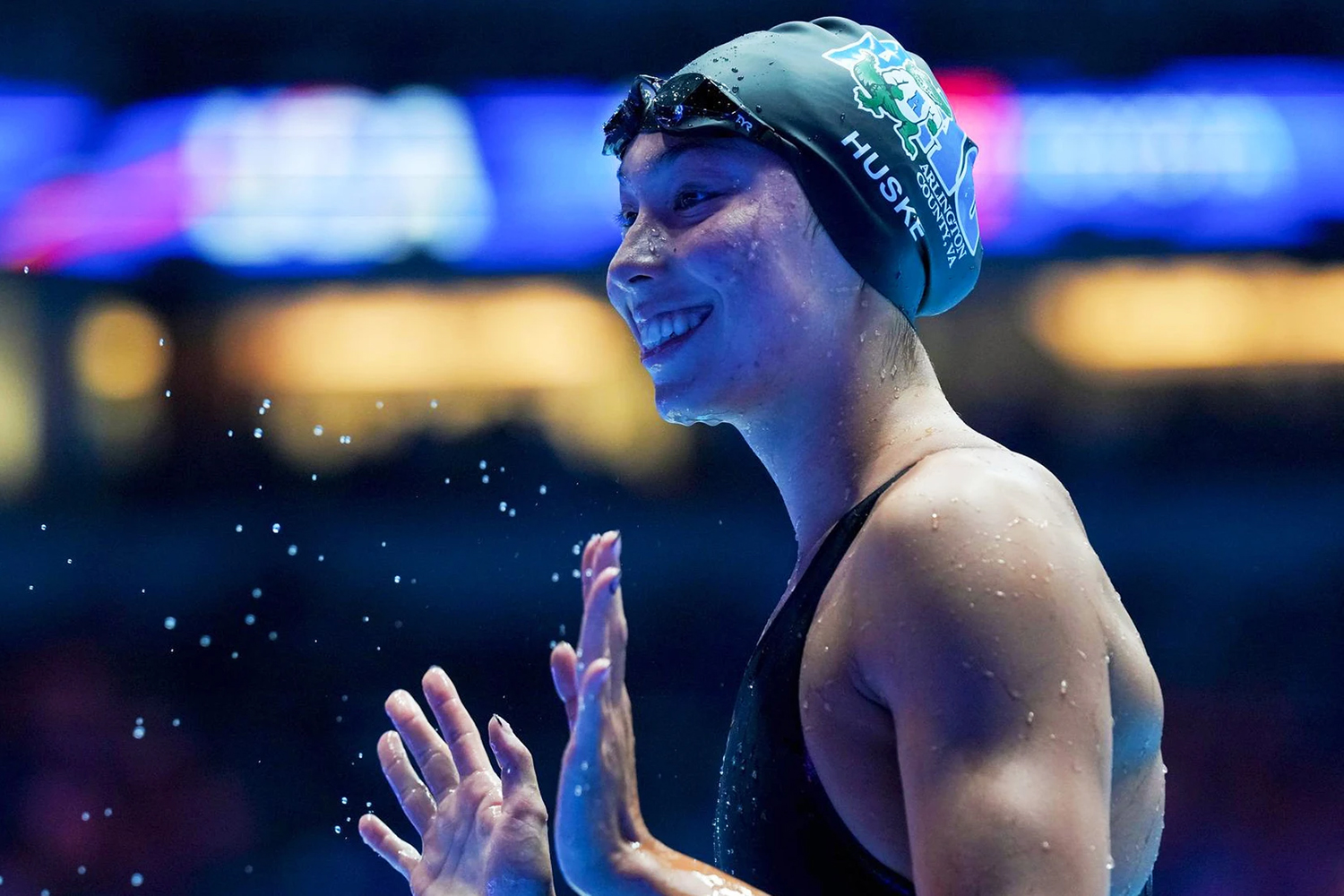
Cardinal Olympians
News
A school-record 60 athletes with Stanford ties have qualified to compete in this year’s Games, hailing from 15 nations and representing 20 varsity sports. Stanford’s contingent includes 14 current student-athletes, led by women’s swimmer Torri Huske.
Messages from Leadership
View all Messages from LeadershipCommencement remarks by Stanford President Richard Saller

This morning’s occupation of Building 10

Upcoming Events
View all Upcoming Events



In the news
View all In the news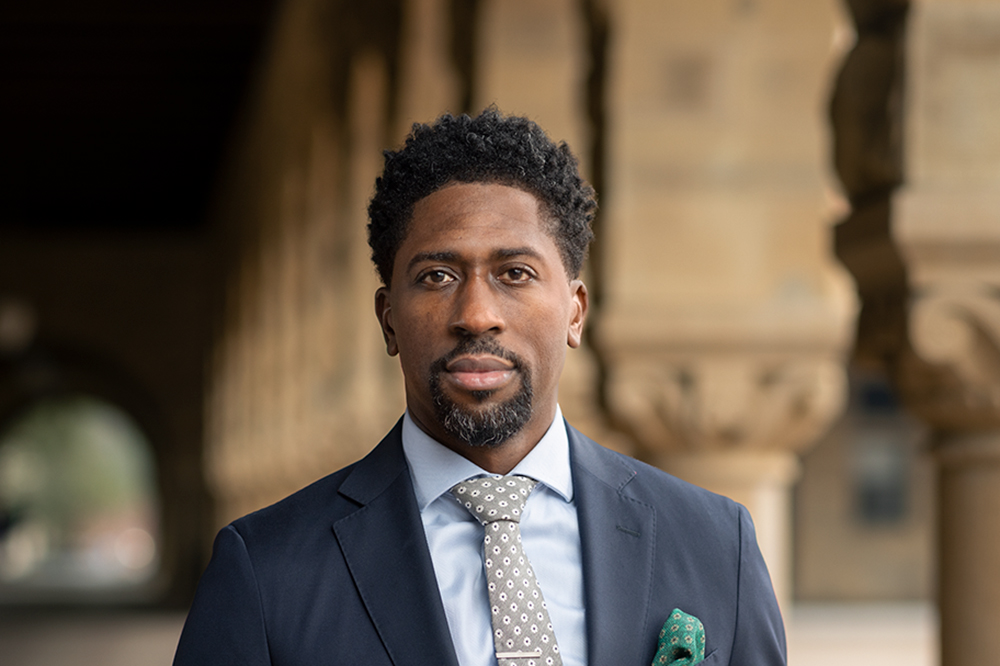
I think that’s important for us to remember 60 years later – that the passage of this bill was not inevitable.”
Lerone Martin, faculty director for Stanford’s Martin Luther King, Jr. Research and Education Institute, on the efforts that preceded the Civil Rights Act of 1964.
Campus Resources:Resources for campus events, safety, and well-being
In a time of heightened anxiety and concern in light of the events in Israel and Gaza, this page provides information and resources for students, as well as for other members of the Stanford community.
